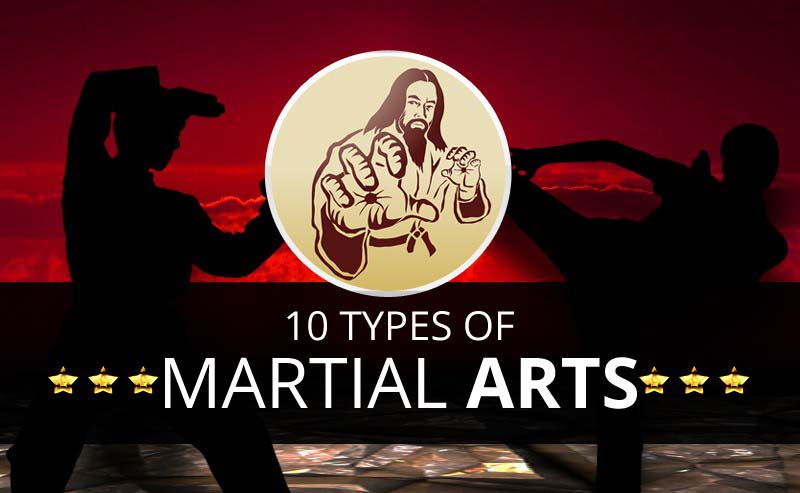Typical Martial Arts And Modern Combat Sports: An Extensive Summary Of Their Unique Distinctions
Typical Martial Arts And Modern Combat Sports: An Extensive Summary Of Their Unique Distinctions
Blog Article
Write-Up Author-Ware Snedker
When you consider martial arts, do you lean more toward the standard methods or the contemporary battle sporting activities? Each course uses one-of-a-kind benefits and experiences, formed by their ideologies and training approaches. Typical martial arts emphasize individual development and technique, while contemporary fight sporting activities focus on competitors and performance. Recognizing these distinctions can guide you in choosing the appropriate technique for your trip. But how do these differences manifest in training and ideology?
The Viewpoint and Background Behind Typical Martial arts
While many people associate martial arts with physical battle, the approach and history behind standard martial arts run much deeper. visit the next web site 'll find that these techniques highlight individual growth, technique, and regard.
Originating from old practices, standard martial arts were frequently established for Self-Defense and spiritual growth. They personify concepts such as balance, harmony, and self-constraint, assisting specialists past simple combating abilities.
As you train, you'll not just discover techniques yet likewise gain insights into the society and worths that shaped these arts. The rituals and practices, usually given with generations, cultivate a sense of neighborhood and belonging.
The Affordable Nature of Modern Battle Sports
Modern fight sporting activities have actually changed the landscape of martial arts into a very affordable arena, where athletes face off in an examination of skill, technique, and endurance.
You'll see that competitions are frequently arranged with stringent rules and laws, guaranteeing justice and security. https://www.loudounnow.com/2021/12/03/equalizing-the-playing-field-demand-surges-for-self-defense-classes-for-loudoun-women-and-girls/ bring in big audiences, fueling the exhilaration and intensity of matchups.
Professional athletes train rigorously, not just for physical expertise yet likewise for psychological strength, recognizing that every information counts in the ring. The adrenaline rush during competitors is palpable, as boxers press their restrictions to claim success.
Followers value the athleticism and artistry included, making modern combat sporting activities a thrilling spectacle that continues to progress and mesmerize fanatics all over the world.
Training Techniques and Strategies: A Relative Evaluation
The affordable atmosphere of contemporary fight sports demands cutting-edge training approaches that differ considerably from conventional martial arts.
In modern training, you'll concentrate on particular strategies, sparring, and conditioning, usually using drills that simulate genuine fight situations. Recommended Reading 'll see an emphasis on measurable performance and regular competitors to examine your abilities.
In contrast, standard martial arts focus on forms, katas, and thoughtful mentors, frequently emphasizing technique and respect over competition.
Training is typically less extreme and may involve repetitive method rather than real-time sparring.
While both methods develop ability and physical fitness, modern battle sports give an extra dynamic and adaptable training atmosphere, preparing you for prompt difficulties in the ring or cage.
Select the course that lines up with your goals and rate of interests.
Final thought
In choosing between conventional martial arts and modern-day fight sporting activities, it truly boils down to what you value most. If you're looking for personal growth, discipline, and a sense of community, conventional arts could be your finest fit. However if you grow on competition and real-time obstacles, contemporary combat sporting activities could be the way to go. Ultimately, both courses provide unique benefits, so it's all about straightening your training with your personal objectives and passions.
